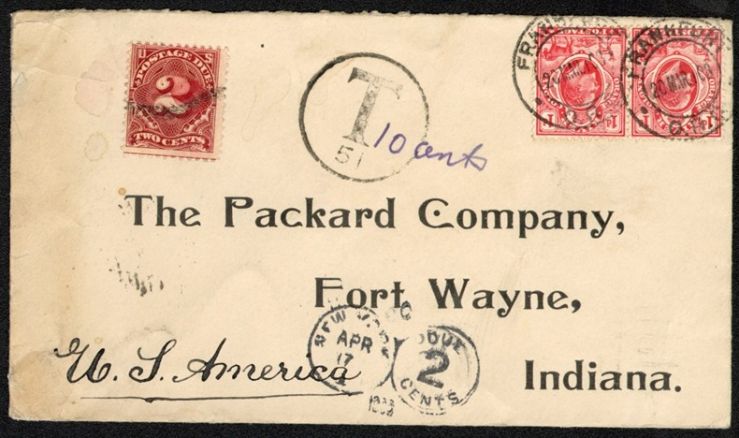History - The Fort Wayne Organ Company Chronology1
1871 (October 8-10) – Great Chicago Fire: Isaac Packard and associates moved to Fort Wayne, Indiana, and helped organize the Fort Wayne Organ Company.
1871 (November 20) – Fort Wayne Organ Company incorporated with capital stock of 800 shares at $50/each; Lindley M. Ninde, President; Isaac Packard, Secretary and Superintendent; Stephen B. Bond, Treasurer.
1871 (December 1) – Land purchase completed for the new factory; groundbreaking followed.
1872 (February 23) – “Fort Wayne is now manufacturing music – the organ factory having begun business.” Fort Wayne Sentinel
1872 (April 24) – First organ was completed.
1873 (September 11) – Isaac Turner Packard died at the age of 56.
1874 – Ft. Wayne City Directory: S.B. Bond, President; J.D. Bond, Treasurer; G.E. Bursley, Secretary and Manager.
1895 – Fort Wayne Organ Company introduced its first piano catalog, offering one style.
1899 (September 5) – Name of company was officially changed from the Fort Wayne Organ Company to The Packard Company.
1907 (July 20) – Stephen B. Bond, president, died and was succeeded by his son, Albert S. Bond.
1908 (Fall) – The Packard Company introduced to the public the first Packard player piano.
1912 (June 13) – Packard announced the start of Bond piano production simultaneously with the cessation of organ manufacturing, only outstanding orders being filled.
1913 (November 9) – The last opportunity to purchase a new Packard organ announced with the remaining 16 organs offered drastically reduced.
1915 (November 25) – The name of the company was officially changed from The Packard Company to The Packard Piano Company.
1917 – With the entry of the United States into WWI, Packard manufactured wooden airplane propellers for the military in support of the war effort.
1929 – The city directory started listing The Packard Piano Company as manufacturing radio cabinets in addition to pianos.
1930 (February 6) – The Packard Piano Company went into receivership following the stock market crash of October 29, 1929. The following information appeared in an article in the Ft. Wayne News Sentinel, May 27, 1958, written by Bud Gallmeirer:
At full production, Packard would produce between three and four thousand pianos a year. It took approximately nine months to make a piano, starting from the time lumber was stored to dry. As the company grew and prospered its stock value rose to $720,000. After 59 years of operation, the company went into receivership on Feb. 6, 1930, one of many victims of the great depression. The death blow resulted from a by-product, cabinets for radio manufacturers. The radio companies also went under and couldn’t pay for the cabinets they had on order.
1930 – Wilbert B. Marshall, sales manager, was appointed to run the factory by the authorities of the receivership.
1931 (February 13) – Albert S. Bond, president of the company, died at the age of 68 as a result of being hit by an automobile a year after the company went into receivership.
1932 (Fall) – Factory closed down by W. B. Marshall. Final piano sales.
1932 (Fall) – W. B. Marshall and Paul E. Gallmeirer purchased the liquid assets and incorporated as Packard Piano Co. “for the purpose of manufacturing and dealing in pianos and all forms of musical instruments and merchandise.” A year later, W. B. Marshall dies unexpectedly. Marshall family members and Gallmeirer continue.
1937 – The city of Fort Wayne acquired the former Packard piano company property. The buildings were torn down and the land turned into Packard Park.
1952 – Paul E. Gallmeier retires and sells the rights to the Packard trademark [Story & Clark]. Ralph Jennings continued to sell Packard pianos retail in Fort Wayne [made by Story & Clark].
1. Information contained in the “Chronology” is found in Volumes One (2020) & Two (2021) of The Fort Wayne Organ Company & the Packard Legacy by Charles Robison.

